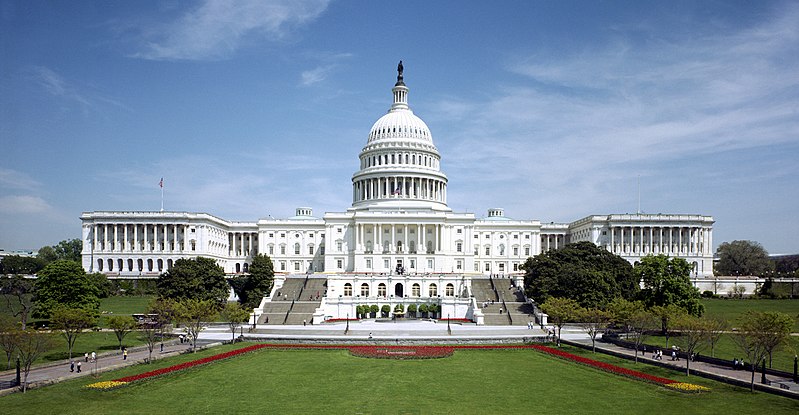
This is a shortened version of the original article, published on 11 March 2014 on the International Crisis Group’s Latin America Crime & Politics blog.
The crisis in Venezuela has escalated beyond the capacity of domestic actors to find a space for dialogue. Each party rejects the legitimacy of its rival. Human rights violations – and protester violence – are leaving deep wounds in Venezuelan society that will take years to heal. Not long ago, such an impasse would have prompted the immediate response of the international community and particularly of regional organisations such as the Organization of American States (OAS). But Latin America is dividing against itself, and Venezuelans are paying the price.
During and after democratic transitions in the hemisphere’s southern cone and the negotiated peace of armed conflicts in Central America (1983-1996), the region built a credible system to protect human rights. The Inter-American Commission and Court on Human Rights, whose competence and jurisdiction were recognised by almost all American nations (with the notable exceptions of Canada, Cuba, and the U.S.), established standards to sanction past and present human rights violations. In 2001, the OAS, at the culmination of this expansive process, adopted the Inter-American Democratic Charter to protect and promote democracy and the rule of law, understanding that these were vital components of free societies.


